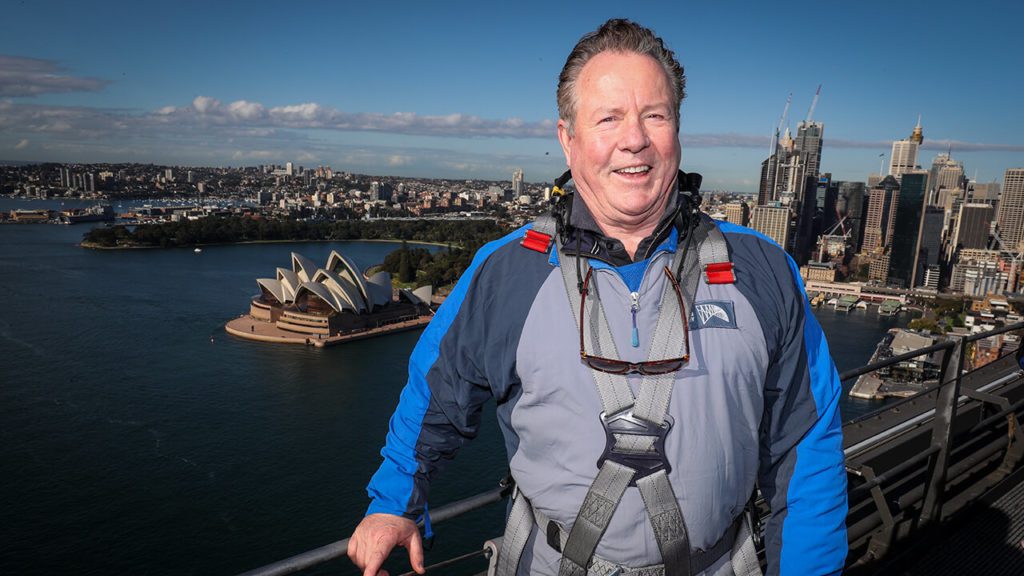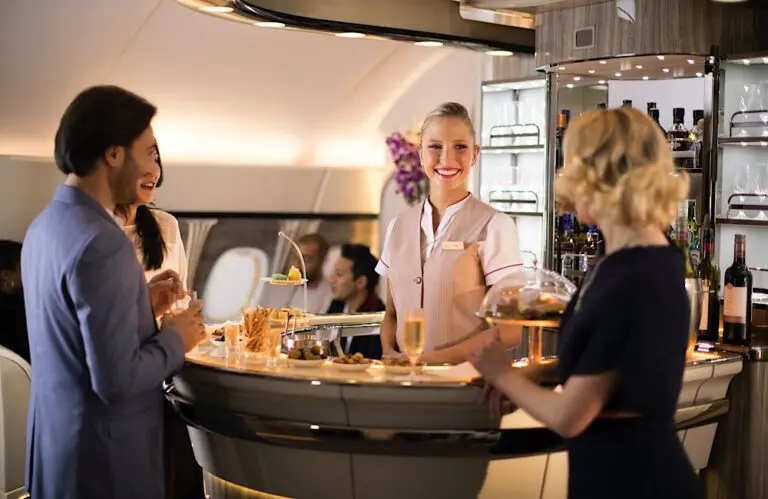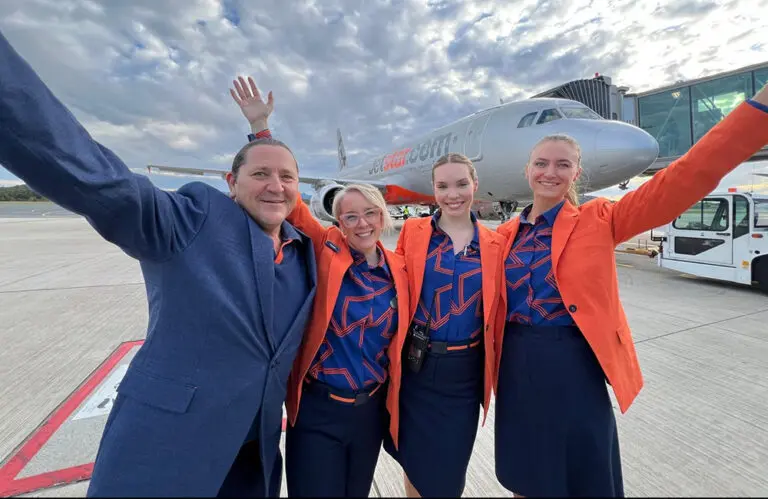Australia’s inbound holiday market is still well below pre-pandemic levels, and that’s cause for “serious concern”, says the Australian Tourism Export Council (ATEC).
According to the latest Tourism Research Australia (TRA) report, 2024 international arrivals increased by 15% compared to 2023, adding nearly a million extra trips.
But while it welcomes the year-on-year rise, ATEC states that holiday visitation is still around 20% below 2019 levels, leaving inbound leisure travel far behind where it was pre-pandemic.
“The spend is certainly positive, however, the reality is that international holiday visitation is still around 20% below 2019 levels, and that’s a serious concern,” ATEC Managing Director Peter Shelley says.

“We’re seeing stronger recovery in visiting friends and relatives (VFR) and education travel sectors, but the pure holiday market, which is the high-value visitor at the heart of Australia’s export tourism offering, is lagging.”
Conversely, the TRA data shows that outbound travel hit a record 11.6 million trips in 2024.
“At a time when Australians are travelling overseas in record numbers, we’re not seeing the same pace of recovery in inbound holiday visitation, meaning more tourism dollars are flowing out than coming in, and that’s a missed economic opportunity,” Shelley states.
With this in mind, ATEC says now’s the time for targeted action. Its 2025 policy platform calls for more support for global tourism partners, investment in regional aviation, market host training and a stronger focus on workforce development to help ease skills shortages, particularly in guiding.

With the THRIVE 2030 strategy aiming for $230 billion in visitor spend by decade’s end, ATEC stresses the need for smart and strategic investments.
“If we want to hit the THRIVE targets, we have to back the parts of the sector that are still recovering and that means investing in the development of quality tourism products and experiences as well as the need to significantly increase funding for Tourism Australia to have a stronger presence in an increasingly competitive global international tourism market,” Shelley says.
According to the TRA report, China remains the biggest international market by spend, but visitor numbers from China are still well down on pre-COVID figures. On the upside, other markets like India, Japan and South Korea are showing positive signs.
The report also highlights that of the 3.2 million people who came to Australia for a holiday, more than a third visited regional destinations, with Tasmania and the Northern Territory seeing strong growth.
However, ATEC says that’s not enough.
“Regional tourism businesses are still doing it tough, with workforce shortages, cost pressures and uneven demand highlighting the need for targeted support beyond the capital cities,” Shelley remarks.
Meanwhile, domestic travel stayed solid, with 2.4 million extra overnight trips recorded in 2024.
1 in 7 businesses

Australia’s tourism industry is big business. TRA’s annual Benchmark Report reveals that there are more than 360,000 tourism-related businesses in the country, equal to 1 in 7 enterprises, supporting some 713,000 jobs.
“More tourists touching down in Australia means more jobs in our cafes, hotels, tour companies and right across the travel and tourism industry, from our cities to our regions,” Tourism Minister Don Farrell says.
“We know that Australia is the best country in the world, and we’re seeing real momentum now, which is a testament to the work of industry, governments, and the amazing people who work in the sector.”
“Tourism is a major economic engine, contributing significantly to our GDP and creating flow-on benefits across transport, retail, and hospitality.
“We also want to see Aussies supporting our tourism sector by holidaying at home, whether it’s a night in a regional hotel, a meal at a local restaurant, or a tour of our natural wonders.”







